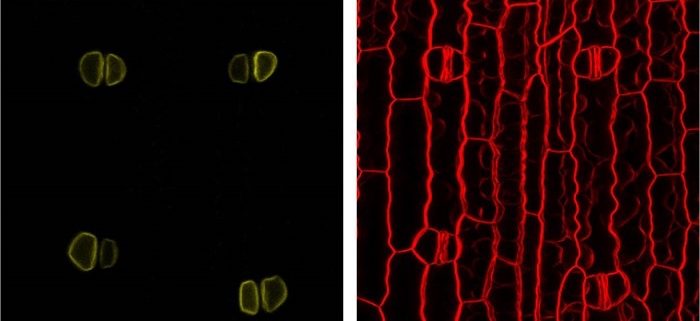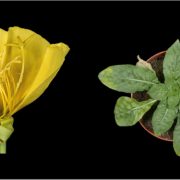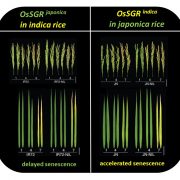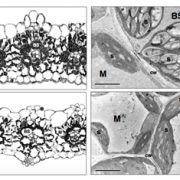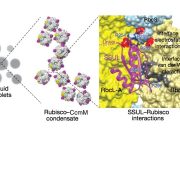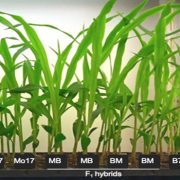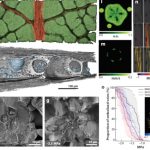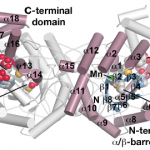A Glucose Transporter Promotes Stomatal Conductance and Photosynthesis
Hai Wang et al. identify a regulator of stomatal movement and photosynthesis. Plant Cell https://doi.org/10.1105/tpc.18.00736
By Hai Wang, Biotechnology Research Institute, Chinese Academy of Agricultural Sciences
Background: Fixation of atmospheric CO2 through photosynthesis is crucial for the survival of plants, and is also pivotal for meeting the ever-increasing food, feed and fuel demands of humans. To achieve optimal photosynthesis, leaf photosynthetic rates need to be tightly controlled according to the level of photoassimilates in plants. It has long been observed that stomatal movement modulates CO2 availability and consequently the rate of photosynthesis, and several photoassimilates (such as sucrose and glucose) were found to regulate photosynthesis through modulating stomatal movement.
Question: Although feedback regulation of photosynthesis by photoassimilates through stomatal movement has long been observed, our knowledge of the genes and molecular mechanisms involved in this process is far from complete, especially for monocot crop species.
Findings: We cloned and characterized a maize mutant named closed stomata1 (cst1), which exhibits diminished stomatal opening and photosynthesis at the grain-filling stage. Map-based cloning of cst1 identified the causal mutation in a Clade I Sugars Will Eventually be Exported Transporters (SWEET) family gene. CST1 encodes a glucose transporter expressed in subsidiary cells, and functions as a positive regulator of stomatal opening. At the grain-filling stage, a deficiency in CST1 leads to reduced photosynthesis, carbon starvation in leaves, and in turn to an early-senescence phenotype. Moreover, CST1 expression is induced by carbon starvation and suppressed by photoassimilate accumulation. Taken together, CST1 plays a key role in the feedback regulation of stomatal movement and photosynthesis by photoassimilates in maize.
Next steps: In our future research, we seek to answer how glucose, the substrate of CST1, modulates the function of subsidiary cells.
Hai Wang, Shijuan Yan, Hongjia Xin, Wenjie Huang, Hao Zhang, Shouzhen Teng, Ya-Chi Yu, Alisdair R. Fernie, Xiaoduo Lu, Pengcheng Li, Shengyan Li, Chunyi Zhang, Yong-Ling Ruan, Li-Qing Chen, Zhihong Lang. (2018). A Subsidiary Cell-localized Glucose Transporter Promotes Stomatal Conductance and Photosynthesis. DOI: https://doi.org/10.1105/tpc.18.00736
Key words: photosynthesis, stomatal movement, subsidiary cell, SWEET gene family


